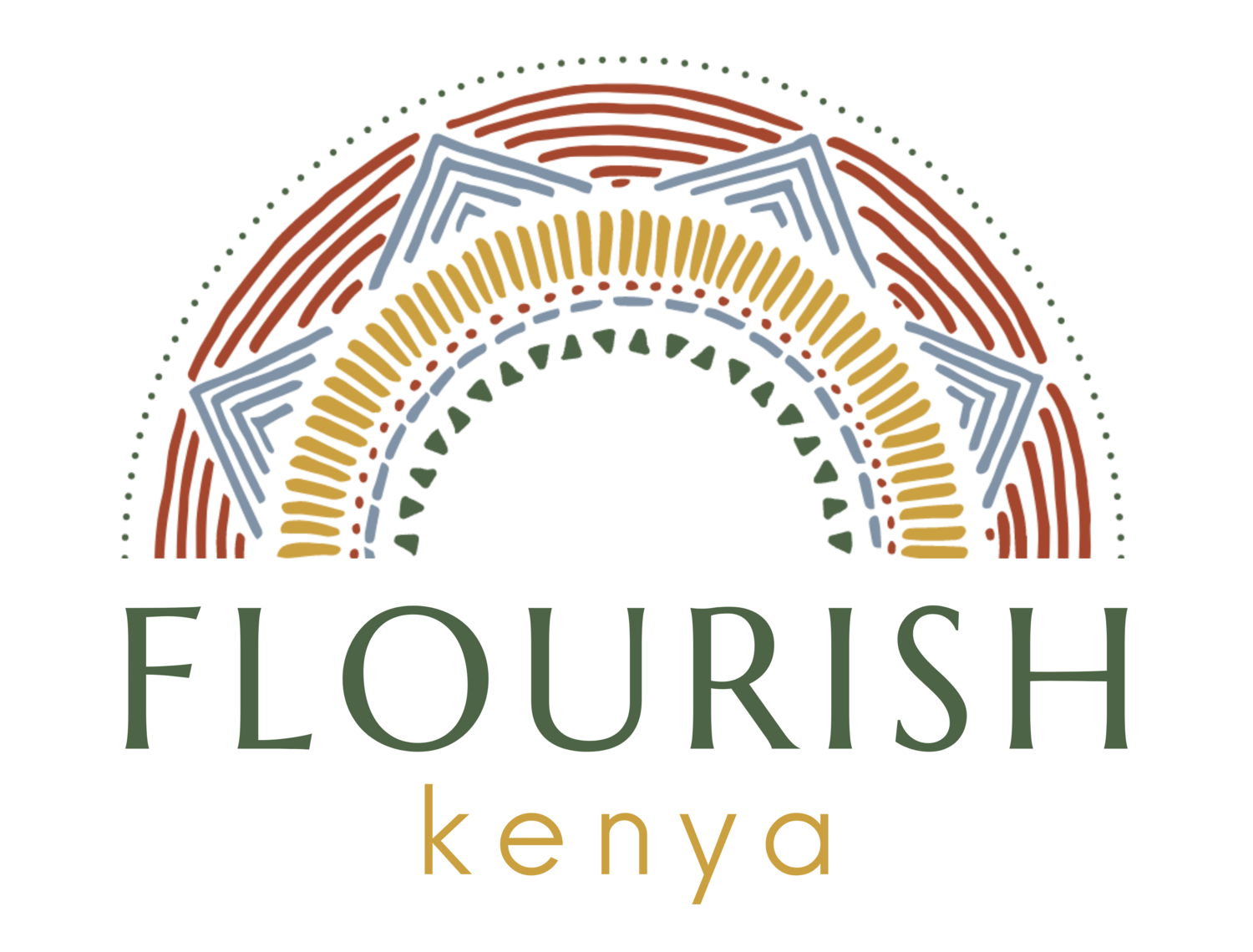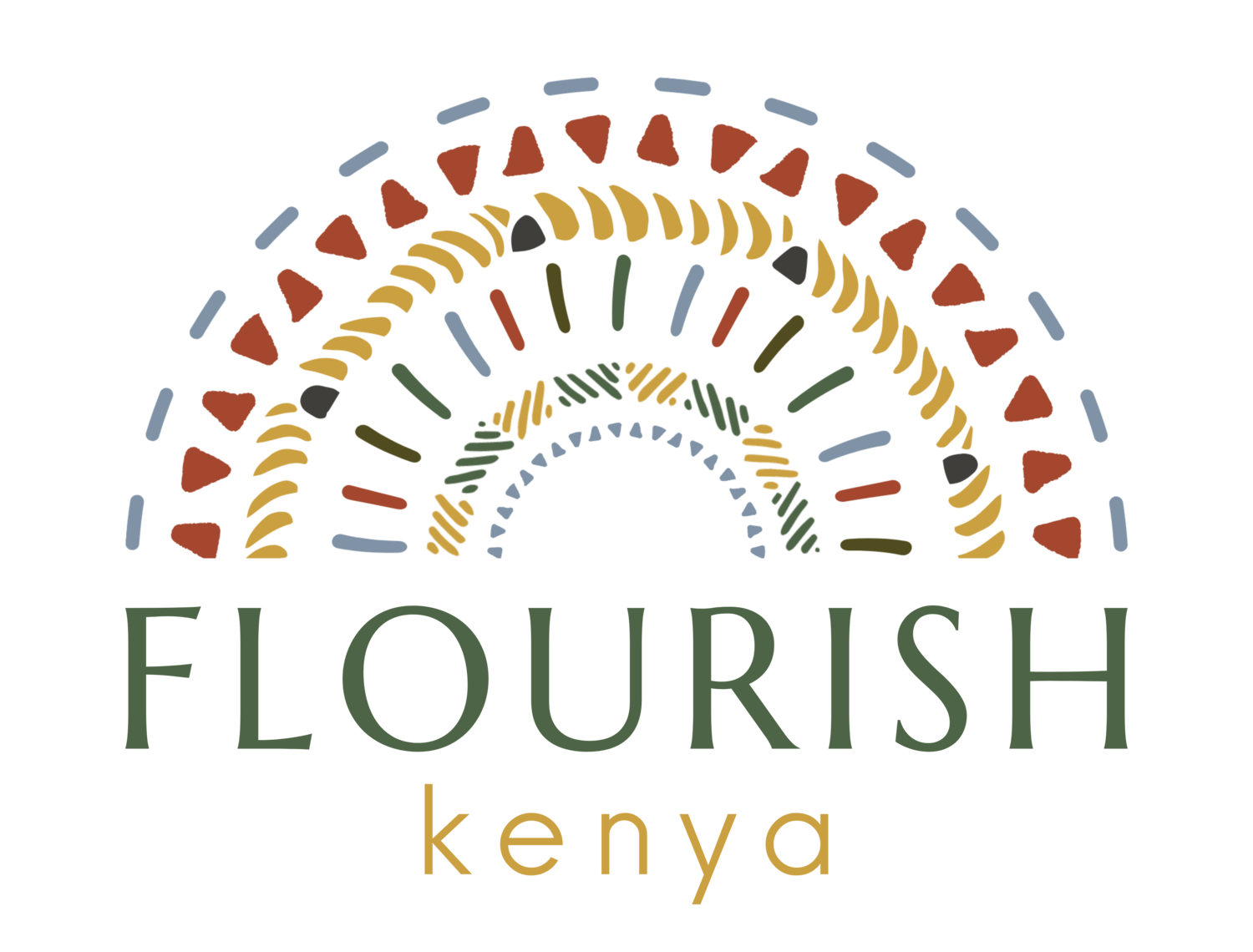International Day of The African Child 2022
According to the African Committee Of Experts On The Rights And Welfare Of The Child (ACERWC), the 2022 theme for the International Day of the African Child is “Eliminating Harmful Practices Affecting Children: Progress on Policy and Practice since 2013”.
FGM, child and/or forced marriage are among the harmful practices that are the most prevalent, and harm girls’ quality of life; enjoyment of sexual and reproductive health; and curtail educational and employment opportunities for girls, among other negative effects.1
In fact, 21% of girls and women in Kenya have undergone female circumcision and the Maasai tribe has the fourth-highest rate, most frequently affecting girls between the ages of 10 and 14.2
One in four girls
is married before the age of 18 in the Rift Valley region where Flourish Kenya works. Furthermore, 5% of all girls under 15 years of age are forced to be married.3 The correlation between FGM and child marriage is undeniable. Seen as a rite of passage into womanhood, when a girl is cut, she is considered eligible to be married.
The dark reality is that a young girl who is forced to undergo genital cutting is often sold by dowry into marriage to a much older man and then forced to become sexually active resulting in serial teen pregnancies— that is, if the girl survives her first delivery.
Thus, the human rights violations and child endangerment only escalate further once the procedure is performed.
According to the World Health Organization, Female genital mutilation (FGM) involves the partial or total removal of external female genitalia or other injuries to the female genital organs for non-medical reasons.
The practice has no health benefits for girls and women.
FGM can cause severe bleeding and problems urinating, and later cysts, infections, as well as complications in childbirth, and an increased risk of newborn deaths.
FGM is mostly carried out on young girls between infancy and age 15.
FGM is a violation of the human rights of girls and women.4
There are four types of FGM:
Type 1: Partial or total removal of the clitoral glans (the external and visible part of the clitoris, which is a sensitive part of the female genitals), and/or the prepuce/ clitoral hood (the fold of skin surrounding the clitoral glans).
Type 2: Partial or total removal of the clitoral glans and the labia minora (the inner folds of the vulva), with or without removal of the labia majora (the outer folds of skin of the vulva).
Type 3: Also known as infibulation, this is the narrowing of the vaginal opening through the creation of a covering seal. The seal is formed by cutting and repositioning the labia minora, or labia majora, sometimes through stitching, with or without removal of the clitoral prepuce/clitoral hood and glans.
Type 4: This type includes all other harmful procedures to the female genitalia for non-medical purposes, e.g. pricking, piercing, incising, scraping, and cauterizing the genital area.4
While great progress had been made in reducing the practice of FGM in Kenya since its outlaw in 2011, the COVID-19 pandemic and disruption to prevention services have caused a decrease in incidence to level off, and in some areas, increase in the last two years.
Predicting a rapid increase in risky behaviors, both forced and elective, when a nationwide lockdown was enforced and all schools were closed indefinitely, Flourish Kenya quickly pivoted the SRH Education Program to a temporary community outreach model that sent staff to the interior areas of operation with much-needed SRH and COVID-19 education, emergency supplies and foodstuffs, menstrual hygiene kits, and social worker home visits for the most vulnerable.
It was on the heels of this need-driven strategy that the Alternative Rite of Passage (ARP) Seminar and subsequent Girls Mentorship Program were developed and piloted. Informed by nationally accepted best practices and vetted by a number of Anti-FGM experts, a 56-page guide to ARP practice was added to the Flourish Kenya Sexual and Reproductive Health (SRH) Curriculum. This custom, holistic curriculum has been in development with the oversight of educators, medical professionals, pastors,, and global development professionals for five years. It is soon to be published for widespread distribution and adaptation for other subcultures and locations within Kenya and beyond. With schools re-opened and COVID-19 precautions largely lifted, the SRH Education Program is regaining momentum in schools with frequent and numerous requests for Flourish Kenya’s programming in new schools and communities.
Continuing with the progress made as ARP implementation proceeds by employing an each-one-bring-one model for engagement among teen girls, the program is growing quickly and more girls are being reached with life-saving knowledge, empowerment, and a plan to resist and avoid FGM and child marriage. To date, more than 50 girls have participated in ARP and Mentoring.
This year as Flourish Kenya observes the Day of the African Child and reflects on progress made to eliminate harmful practices affecting children since this day in 2013, we are asking for the community of support surrounding this organization to keep our ARP and Mentorship programs moving forward.
Your contribution will allow our local staff to continue engaging the youth of Narok county and grow the reach of our life-saving programs.
Contributions to the $5,000 funding need will be used to provide transportation, educational materials, staff, and continued research and development for this program. Thank you for your support!
ACERWC https://www.acerwc.africa/wp-content/uploads/2022/04/Concept-Note-of-DAC-2022-English.pdf at 44. Citing Agenda 2040 : Fostering an Africa Fit for Children
UNICEF https://data.unicef.org/wp-content/uploads/2020/03/Profile-of-FGM-in-Kenya-English_2020.pdf
United Nations Population Fund https://www.unfpa.org/data/fgm/KE
World Health Organization https://www.who.int/en/news-room/fact-sheets/detail/female-genital-mutilation
Written by Tia McNelly
Executive Director | Flourish Kenya
tia@flourishkenya.org
Interested in growing in further awareness and advocacy? Sign up here to receive our quarterly newsletter, The Flourish Forum, set to arrive in inboxes in two short weeks!




